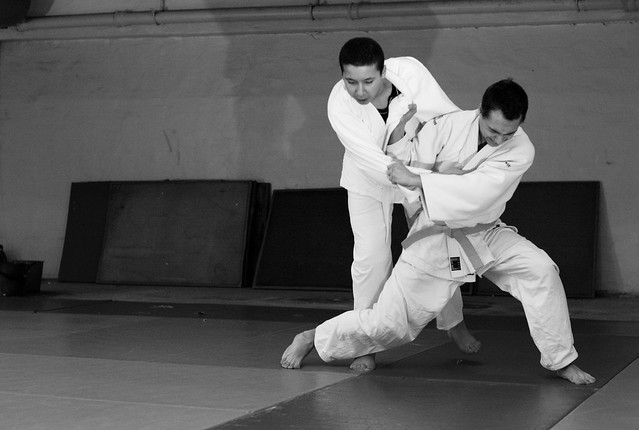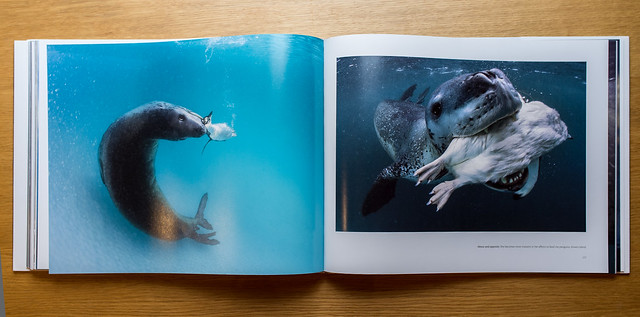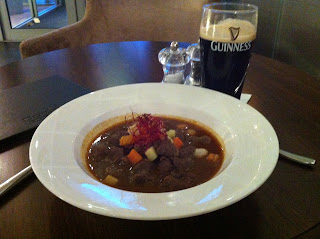Instead of working, which I should, I have been drawing another camera. I have been drawing space-ships, weapons, robots, and the occasional camera since forever. Mostly without any regard for cost, usability, or even feasibility. However, looking for a camera that fits my way of shooting have prompted a series of ever more detailed camera designs. I think it is getter rather close to what I would like to see, and although camera-makers are getting closer and closer in some regards other are yet to be fulfilled.
The basic design is a pocket-size, window-finder, all-manual camera. The body is all metal, possibly with some grip-friendly cover, and it should be weather-sealed. With weather sealed, I mean submergible. It should be small enough to fit comfortably in a normal trouser-pocket, or a largish shirt-pocket. There is a sharp-edged finger-grip and thumb-grip, which I think is especially important even in a small camera.
The sensor should be large, ideally full-frame 35mm, which balances field of view with depth of field. It should have in-body vibration reduction. The finder should be a frame-line hybrid view-finder with parallax correction. The primary focus-confirmation is by overlay of in-focus edges in the optical finder. The finder can be switched to all-digital for macro.
The lens as envisioned is a fast non-interchangeable prime 35mm F/1.2 with a metal construction. Focus throw should be short, and the action smooth. Aperture is set on the barrel with click-stops as it is primarily a photography camera, potentially the aperture ring could be pulled out to engage a smooth aperture for filming. Both the focus and aperture rings can be set to auto. The aperture with only a slightly firmer detente, and the focus by pressing the mechanical AF-lock button. However, to get out of autofocus you just turn the focusing-barrel past a detente. There is no reason the lens couldn't be interchangeable, except that I would like to keep bulk to a minimum and lenses tend to keep accumulating if the possibility exists.

The top of the camera has mechanical dials for the other two main exposure settings: shutter speed and ISO. Both include positions for automatic settings, and the shutter-dial includes a T-setting for electronically variable speeds larger than one second, and a bulb-setting. If any exposure control is set to automatic, exposure compensation can be set with the thumb-wheel. Obviously, if you set all exposure-controls to automatic, you have automatic exposure. The small arrows light up to indicate over- or under exposure. On the top-panel there is an O-LED screen where the basic exposure info, including a histogram can be easily seen. In addition, the current focus-distance, photos remaining and battery can be seen. What is shown is obviously customisable. There is a button on each of the dials. Both have three-level shutter-release action. Both have LEDs on top. Finally there is the on-off switch, which is a mechanical breaker. If it is off, the camera is off, no more taking the battery out nonsense because of software malfunctions. If it is on it can go into a sleep-mode to save battery, but should take an image immediately if you press the shutter-release.
Now, the back panel is dominated by a high-resolution (think iPhone retina resolution) touch-screen. In addition, there is the thumb-wheel, two thumb-buttons and four buttons for the left hand. All buttons have LEDs so that they can indicate if a function is activated or not. All buttons and the thumb-wheel are customisable by way of a very easy touch interface. You could set one to AF- or AE-lock, one to activate live-view, or have different buttons for single and multiple shot shutter-release. The touch-screen is used for organising images, setting up the button-based interface and can be used for composition, auto focus selection, exposure selection et cetera when shooting. It is obviously multi-touch so that it supports pinch-zoom and such. Even in live-view, and up to a scale where individual pixels can be seen so that critical focus can be easily achieved. Finally there is an additional button on the front. This and both thumb-buttons are three-level shutter-release type buttons, so that there are a potential total of five full-function shutter-release buttons.
One of the most irritating things is when you press a button by mistake, or touch the screen and something is changed or just hangs. Therefore there is a mechanical lock-switch. It can be set to lock everything, everything except the shutter-release, or any subset of buttons and touch-screen functions.
There is no hot-shoe because there is no room, and it is a bit 20th-century. The camera has built-in radio sync that by software settings can control any and all radio sync devices. Sync-speed is very high because of the leaf-shutter lens.
Basically it is a manual pocket-camera, where the interface can be configured to your shooting style and locked so that nothing is changed by mistake. Since all settings are electronic on the inside you can even set a button to be an emergency shutter-release that ignores even the mechanical settings and immediately takes a picture with some other settings. For example, let's say you are doing manual landscape work at base-ISO and f/16 at 1/30s using touch-screen focus. Resetting the camera to capture a moment would generally mean that you loose both your meticulous settings, and miss the moment. Using the preset emergency release set to take a photograph with f/8, at least 1/125s, and auto ISO, you can always capture the moment. Or, conversely, if you are walking around doing street photography and suddenly find yourself wanting to take a macro, you could set another button to f/16, auto-focus, auto-ISO, 1/250s. You can even build profiles with different functions for different buttons that are changed all at once in the touch interface with just three actions: unlock, profiles, scroll and select profile.
Anyway, you get the idea. It is mechanical yet customisable.














































